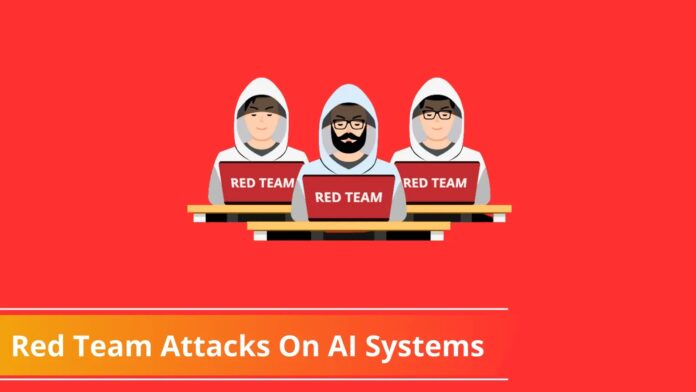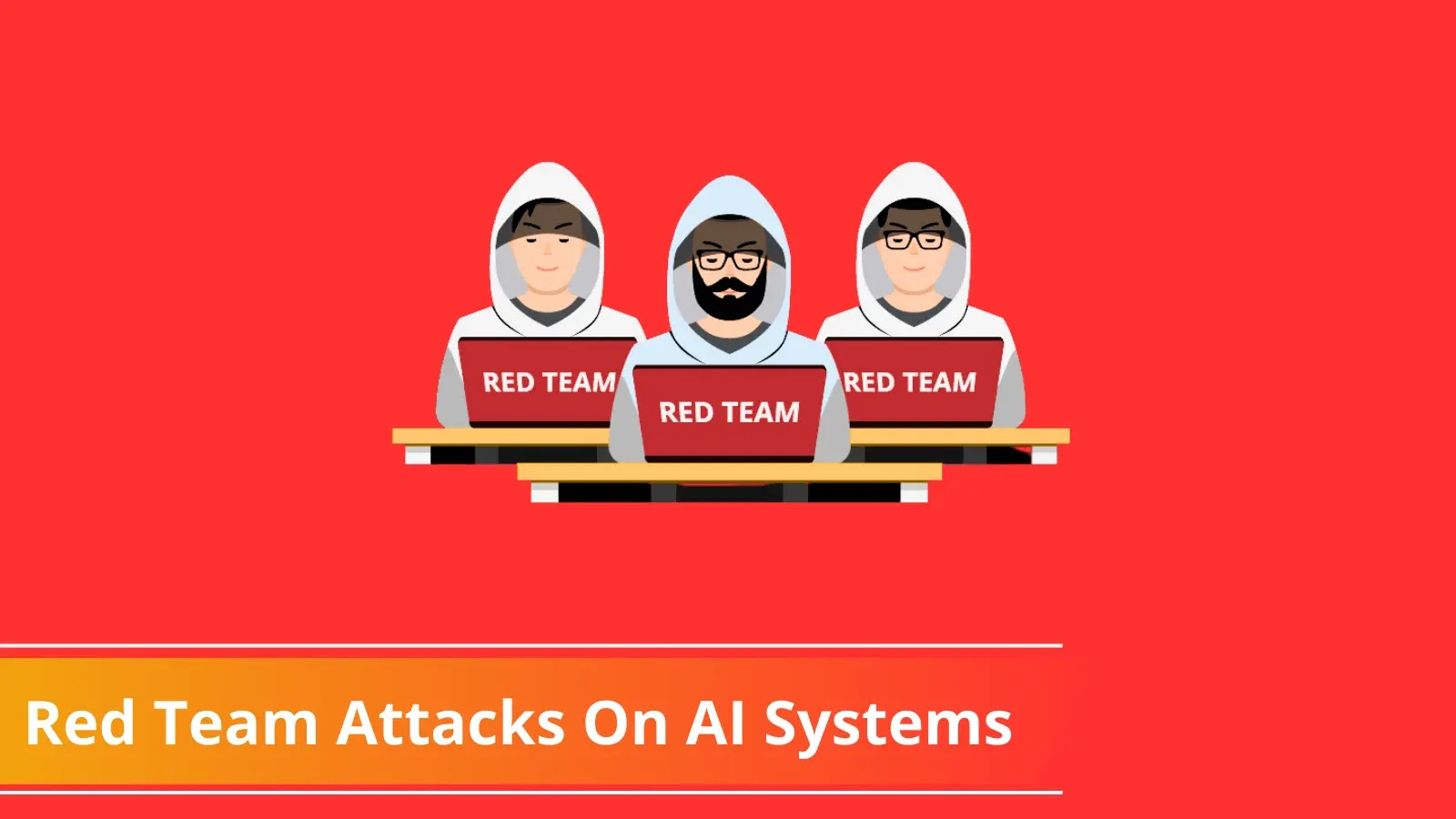[ad_1]
There are rising concerns about the security risks associated with artificial intelligence (AI), which is becoming more and more popular and pervasive.
Google, a major participant in the creation of next-generation artificial intelligence (AI), has emphasized the need for caution while using AI.
In a recent blog post, Google announced its team of ethical hackers who are dedicated to ensuring the safety of AI. This marks the first time the company has publicly disclosed this information.
The company said that the Red Team was established approximately ten years ago. The team has already identified several risks to the rapidly developing field, mostly based on how adversaries could compromise the large language models (LLMs) that power generative AI systems like ChatGPT, Google Bard, and others.
Google researchers identified six specific attacks that can be built against real-world AI systems. They discovered that these common attack vectors exhibit a unique complexity.
In most cases, the attacks cause technology to produce unintended or even malicious impacts. The outcomes can range from harmless ones to more dangerous ones.
Types Of Red Team Attacks On AI Systems
- Prompt attacks
- Training data extraction
- Backdooring the model
- Adversarial examples
- Data poisoning
- Exfiltration

The first kind of frequent assaults that Google was able to identify is prompt attacks, which utilize “prompt engineering.” It relates to creating effective prompts that provide LLMs with the instructions required to carry out specific tasks.
According to the researchers, when this effect on the model is malicious, it can in turn deliberately influence the output of an LLM-based app in ways that are not intended.
Researchers also discovered an attack known as training-data extraction, which seeks to recreate exact training instances used by an LLM, such as the Internet’s content.
“Attackers are incentivized to target personalized models or models that were trained on data containing PII, to gather sensitive information,” researchers said.
Attackers can harvest passwords or other personally identifying information (PII) from the data in this way.
Backdooring the model, often known as a backdoor, is a third possible AI attack where an attacker may try to secretly modify the behavior of a model to give inaccurate outputs with a specified ‘trigger’ phrase or feature.
In this kind of attack, a threat actor can conceal code to carry out harmful actions either in the model or in its output.
Adversarial examples, a fourth attack type, are inputs that an attacker gives to a model to produce a “deterministic, but highly unexpected output”. The picture may, for instance, appear to the human eye to depict a dog while the model sees a cat.
“The impact of an attacker successfully generating adversarial examples can range from negligible to critical and depends entirely on the use case of the AI classifier,” researchers said.
If software developers are using AI to assist them in developing software, an attacker could also use a data-poisoning attack to manipulate the model’s training data to influence the model’s output in the attacker’s preferred direction.
This could endanger the security of the software supply chain. The researchers emphasized that the effects of this assault may be comparable to those of backdooring the model.
Finally, Exfiltration attacks, in which attackers can transfer the file representation of a model to steal critical intellectual property housed in it, are the last form of attack recognized by Google’s specialized AI red team.
They can utilize that data to create their models, which they can exploit to offer attackers special powers in custom-crafted assaults.
Recommendation
Traditional security measures like making sure the models and systems are securely locked down may greatly reduce danger.
The researchers advise businesses to use red teaming in their work processes to support product creation and research efforts.
[ad_2]
Source link

